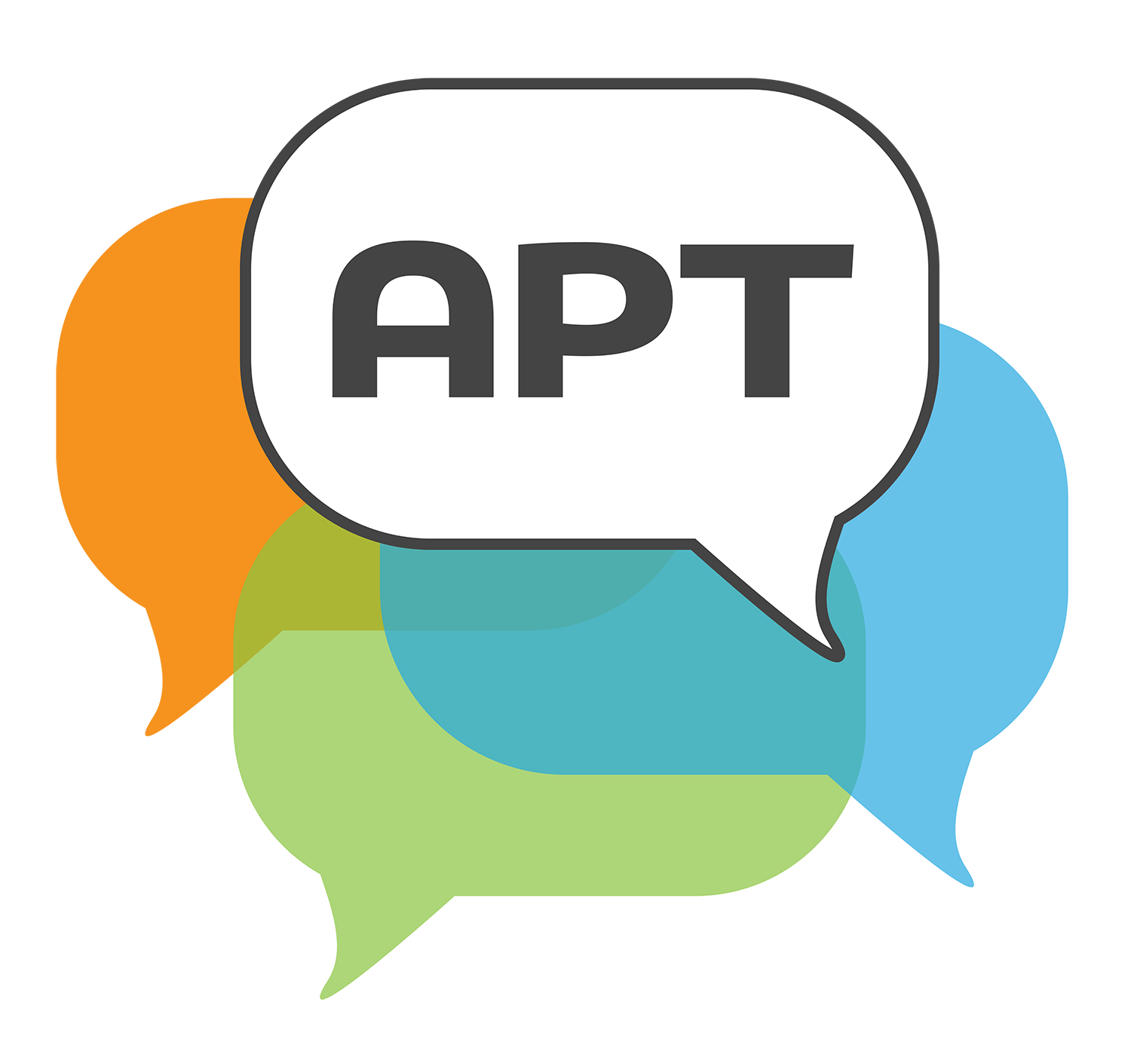Comparing Political Revolutions
Social Studies • Grade 10
Selected segments below » Full video viewable here.
This discussion is structured differently from many of the other social studies discussions on this website. The teacher sits outside the circle and we see that it’s the students’ responsibility to both generate and answer discussion questions, in this case related to comparing a set of political revolutions. A student opens the discussion by asking who opposed the revolutions, another student echoes the question, and then a third student hazards an answer (@1:45) that it “would’ve been the military and the government” and then invites classmates to “add onto that.”
Though some students have clearly begun to practice key features of APT, the teacher does play a role in prompting students to ask other questions (e.g., at 2:28), modeling how to press a classmate for elaboration (e.g., @3:24), and pressing students for evidence (@3:54).
Although it took a bit more than 4 minutes to get the discussion flowing, this segment features a fully fluid student-driven discussion in which they were comparing the French, Cuban, and more recent, Egyptian Revolution. They organically asked questions, and probed for evidence, elaboration, and clarification. Working together they are successful in identifying some core similarities across these three historical events and demonstrating a fairly nuanced understanding of their differences.
In the final segment of this discussion, students address the question of whether there should be a revolution in NYC. Not surprisingly, students are most animated about this question as it speaks directly to their lived experience. In their initial responses, students distance themselves from the conditions in Havana on the eve of the Cuban Revolution, and they express doubt about their power in shaping public thought. At this point, the teacher intervenes to remind them about a group of young revolutionaries in Cuba and a student shares what she read about the group. This information launches an authentic and meaningful discussion about whether teenagers are mature enough to be saddled with important civic responsibilities.
The arc of this discussion demonstrates how APT can help students connect the past to the present, and the history located in documents to the knowledge they glean from their lived experiences. It also illustrates how a teacher can support authentic student-centered discourse.


